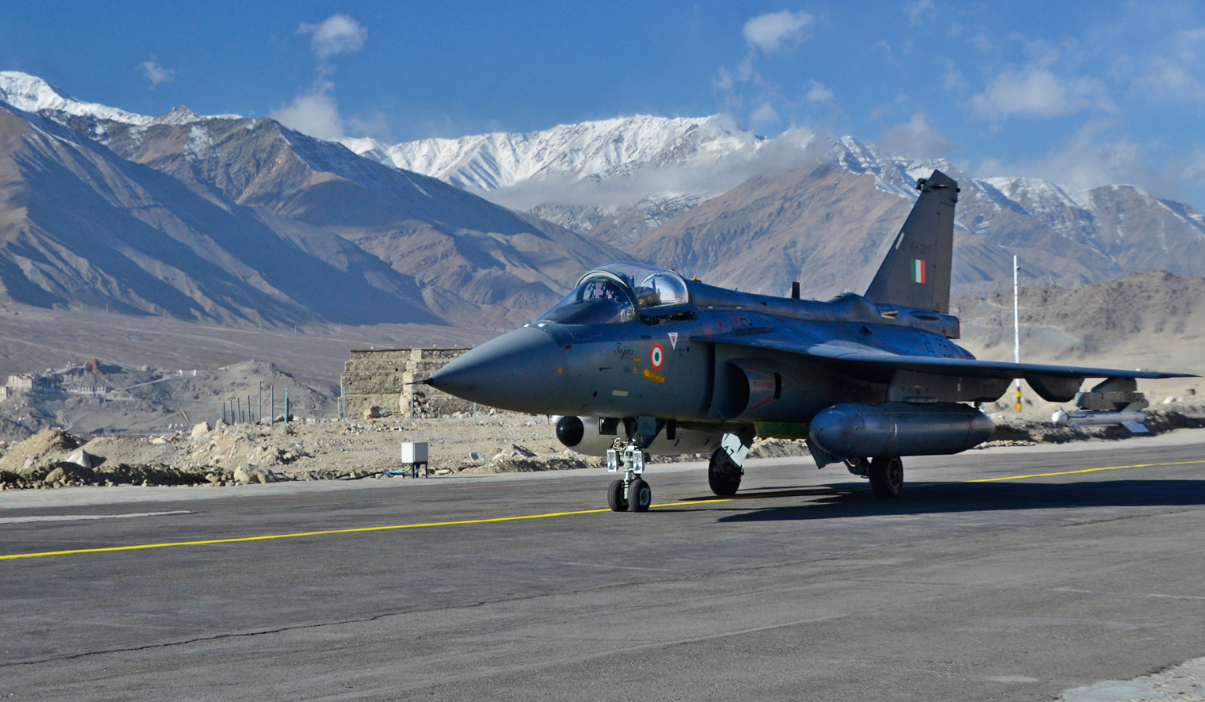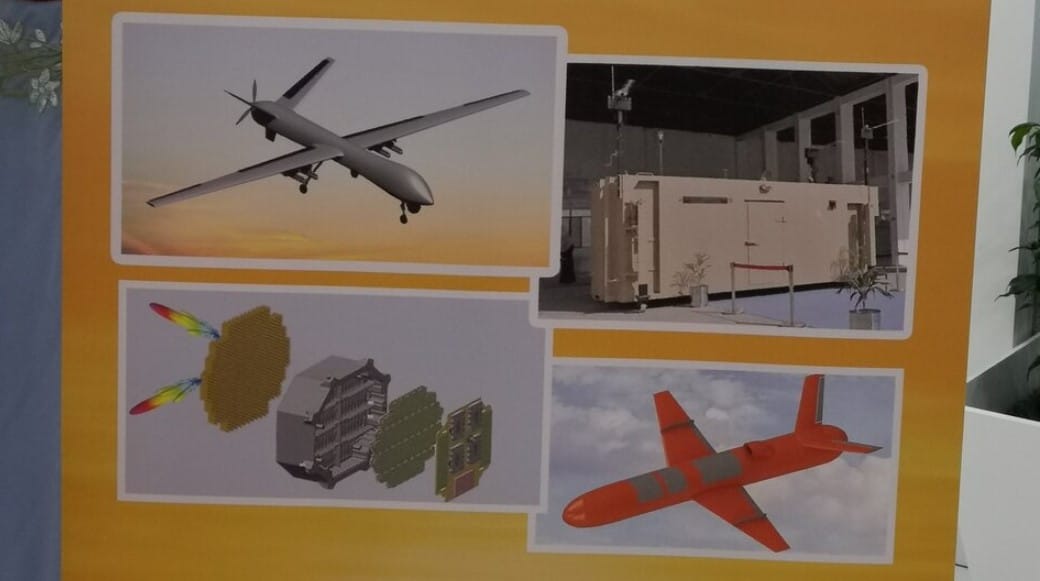2297Views 4Comments

Turkey’s FNSS delivers first batch of PARS III AFV to Oman
The Turkish armoured vehicle manufacturer FNSS Savunma recently announced that it delivered the first batch of PARS III 8×8 armoured fighting vehicles (AFV) to Oman.
According to FNSS Savunma’s delivery announcement (via Twitter), Oman has 172 PARS III AFV on order.
In February 2016, FNSS announced that it secured a second export order (following Malaysia) for the PARS III. However, while FNSS had announced that the contract was in effect, it did not disclose the buyer, stating “The exact customer, vehicle types, total budget and additional details will remain confidential.”
In its recent announcement, FNSS did not disclose when it intends to complete the delivery to Oman.
The FNSS PARS is available in 6×6 and 8×8 configurations. The PARS III 8×8 has a combat weight of 30,000 kg and can ferry a crew of nine dismountable passengers and three crew-members (i.e. 12 persons). It has a maximum road speed of 100 km/h and range of over 800 km.
According to FNSS, the PARS III 8×8’s “hull form, underbelly structure, base plates and … seats are designed to protect personnel against high-level mine threats.”
The PARS III was primarily designed for the export market. The launch customer was Malaysia, which has 247 AFVs on order from FNSS, which is co-producing the PARS III with the Malaysian company DRB-Hicom Defence Technologies (Deftech).
The PARS III 8×8 sold to Oman is also equipped with a FNSS Saber-25 power-operated turret, which offers “the latest technologies in turret drives, fire control, protection and lethality.”
The Saber-25 is armed with a 25-mm dual-feed automatic cannon and a 7.62 mm coaxial machine gun. It is also equipped with a laser rangefinder with a range of 8,000 m and fire control system.
FNSS Savunma Sistemleri A.Ş is a joint-venture between Nurol Holding (51%) and BAE Systems (49%). Nurol Holding also owns the auto-manufacturer Nurol Makina, which is a provider of light-armoured utility and mine-resistant ambush-protected (MRAP) vehicles.



4 Comments
by Steve
Similar spec to Stryker. Has Pakistan got an equivalent like Lazar which I think we ordered a few of, or is it all M113 variants?
by Steve
Do the experts think in Pakistan’s context wheeled or tracked APC (or AFV as they are now called) are better?
by Bilal Khan
Tracked will be the APC/IFV of choice in remote and under developed areas of Sindh and Punjab. Wheeled AFVs – be it 8×8 or 4×4 – will generally work best on roads, which are becoming pervasive in the region. MVRDE seems to be responsible now for the 4×4 (i.e. LAVA), but the 8×8 is unclear. The Hamza MCV was actually aimed at the 8×8, but the Army didn’t follow up with Cavalier after IDEAS.
by Steve
My thoughts exactly. Point is we need healthy numbers of both, and we don’t have that many wheeled. Locally made is ideal of course, like Hamza. Hamza looks good and if properly armed can be a great asset. Needs professional evaluation of course and don’t know if that is done yet or the army is showing an interest. It is also a sad fact that we are fighting an in-country war courtesy of our enemies, and your reply assumed that. Thanks Bilal.